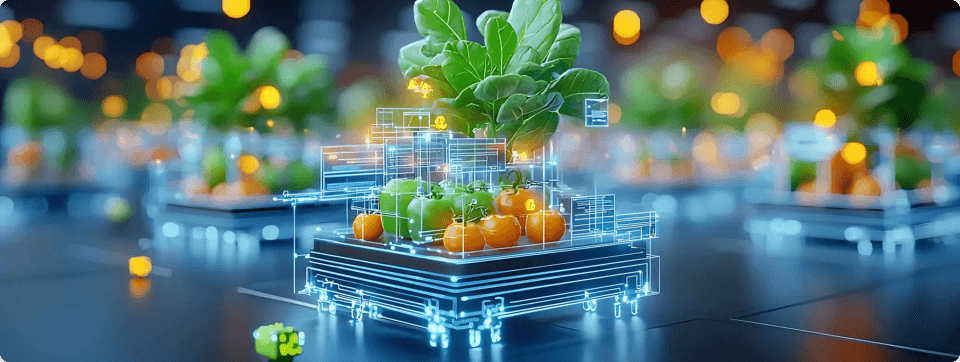Supply Chain Resilience and the New Rules of Ingredient Sourcing

Artificial intelligence is quietly becoming the backbone of how the food and beverage industry operates. It is shaping how brands discover ingredients, develop flavors, validate claims, forecast demand, and bring products to market. What was once viewed as a distant innovation experiment is now a daily tool inside the world’s most competitive CPG companies.
The real story is not about robots replacing people. It is about how data-driven intelligence is giving teams the clarity and speed they need to keep up with a changing world.
From Guesswork to Precision
For decades, product development relied heavily on instinct and experience. Teams would experiment, test, and refine based on trends or gut feeling. That creative process still matters, but AI now enhances it with precision. By analyzing consumer behavior, social sentiment, and ingredient performance data, AI helps brands identify what consumers want before they even ask for it.
Formulators can now simulate how ingredients interact before they enter a pilot plant. Marketers can test messaging with predictive models instead of focus groups. Supply chain managers can spot risks weeks before they happen. Each small optimization creates a compound effect: faster launches, fewer errors, and smarter decisions across the lifecycle.
Data as the New Ingredient
Every successful CPG company now treats data as a raw material. Accurate data powers everything — from sourcing and compliance to labeling and reformulation. Yet too often, that data lives in silos. AI bridges those gaps by connecting systems that never spoke to each other before.
When ingredient, formulation, and regulatory data are unified, AI can automatically verify accuracy, flag missing certificates, and recommend compliant alternatives. That shift not only reduces manual work but also minimizes risk. For brands working across multiple regions, automated validation ensures global compliance without endless back-and-forth between teams.
Smarter Sourcing and Resilient Supply Chains
The same technology that helps teams develop products is now helping them source ingredients more intelligently. Predictive analytics can anticipate shortages, weather disruptions, or price volatility and suggest alternative suppliers before a crisis unfolds. AI can also assess supplier performance and sustainability metrics, creating a more resilient and ethical sourcing strategy.
As transparency becomes non-negotiable, this type of intelligence ensures that every material entering a product can be traced, verified, and shared with confidence. It transforms compliance data into consumer trust.
Where Creativity Meets Computation
The intersection of AI and creativity is where CPG innovation gets exciting. Algorithms can identify trending flavor combinations by analyzing social media and purchase data, but it still takes human creativity to translate that insight into a product that feels authentic.
The future of CPG will not be defined by machines alone. It will be shaped by people who know how to work alongside them — food scientists, marketers, and operators using AI to explore what was previously out of reach.
The New Competitive Edge
In a category defined by speed, precision, and trust, AI is not just a tool but a strategy. It gives smaller brands the same analytical power that global conglomerates have spent decades building. It levels the playing field and rewards companies that move with agility and data discipline.
From ingredient sourcing to flavor innovation, compliance, and consumer engagement, AI is the connective tissue bringing it all together. The brands that embrace it now will not only work smarter; they will help define what smarter means.
The intelligence behind the aisle is already here. The next era of CPG will belong to the companies that know how to use it.

